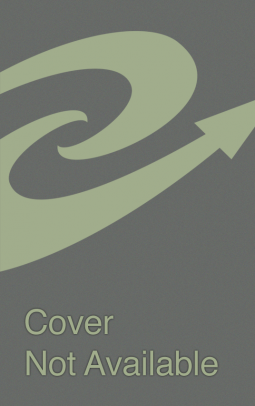
Lightning, Hurricanes, and Blizzards
The Science of Storms
by Paul Fleisher
This title was previously available on NetGalley and is now archived.
Send NetGalley books directly to your Kindle or Kindle app
1
To read on a Kindle or Kindle app, please add kindle@netgalley.com as an approved email address to receive files in your Amazon account. Click here for step-by-step instructions.
2
Also find your Kindle email address within your Amazon account, and enter it here.
Pub Date Sep 01 2010 | Archive Date Sep 01 2012
Lerner Publishing Group | Lerner Publications
Description
What causes thunderstorms and lightning? Where and why do hurricanes form? How are blizzards more dangerous than other snowstorms?
To answer these questions, you'll need to know about nature's most powerful weather events. Storms of all types and sizes occur around the globe. Each storm needs just the right combination of weather conditions to form and become dangerous—or even destructive. In this fact-packed book, discover how storms form, where they strike, and what makes them so powerful.
Advance Praise
Available Editions
| EDITION | Other Format |
| ISBN | 9780822575368 |
| PRICE | 29.27 |
| PAGES | 48 |



